Today, with the increasing integration of science and technology and education, a "weather guard" - campus weather station has quietly appeared in the middle school. It is not only a high-tech monitoring device, but also a bridge connecting theory and practice and enhancing students' scientific literacy.
WX-XQ3 Middle School campus weather station, in short, is a set of meteorological monitoring, data acquisition, processing and transmission in one of the integrated equipment. It is usually composed of sensors, collectors, communication interfaces, system power supplies and other components, which can automatically monitor the ambient temperature, humidity, air pressure, wind speed, wind direction, rainfall and other meteorological elements in the campus all weather. These accurate data are transmitted to the receiving end through wired or wireless means, providing strong data support for campus management, teaching and research, and daily life.
The primary task of the campus weather station is to provide accurate real-time weather data. Students, teachers, and campus administrators can use this data to learn about weather conditions and prepare accordingly. For example, inform teachers and students in advance to add warm clothes in cold weather, or adjust the temperature of the classroom air conditioning in hot weather to ensure a comfortable learning environment. In addition, these data can also help students intuitively feel meteorological changes and enhance their cognition and understanding of weather phenomena.
For the teaching and research of meteorology, the campus weather station is an indispensable assistant. Teachers can make use of real-time meteorological data for case analysis, experiment simulation and scientific research to make teaching more vivid and specific. Under the guidance of teachers, students can observe and record meteorological data, practice meteorological knowledge, and improve practical ability and scientific literacy. This combination of theory and practice has greatly stimulated students' interest in learning and enthusiasm for scientific research.
In today's frequent extreme weather, the campus weather station also bears the important responsibility of disaster warning. It can send early warning information in advance before extreme weather such as rainstorm and typhoon, and help schools take timely safety measures to ensure the safety of teachers and students. This early warning mechanism not only reflects the importance of the school to the safety of teachers and students, but also shows the important role of science and technology in disaster prevention and reduction.
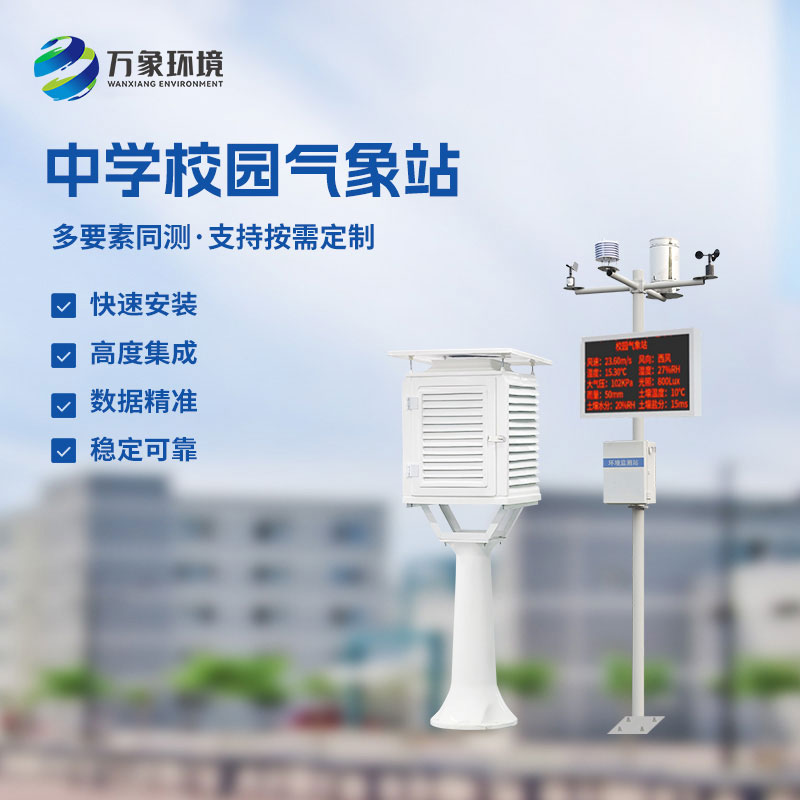
Article address:
http://www.qxhjjc.com/en/article/1241.html

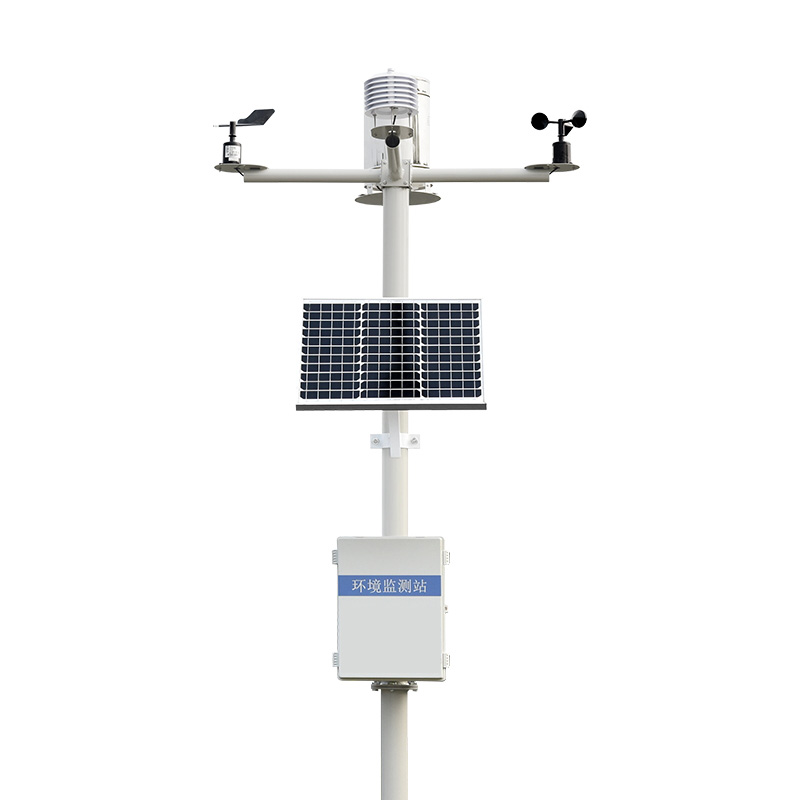

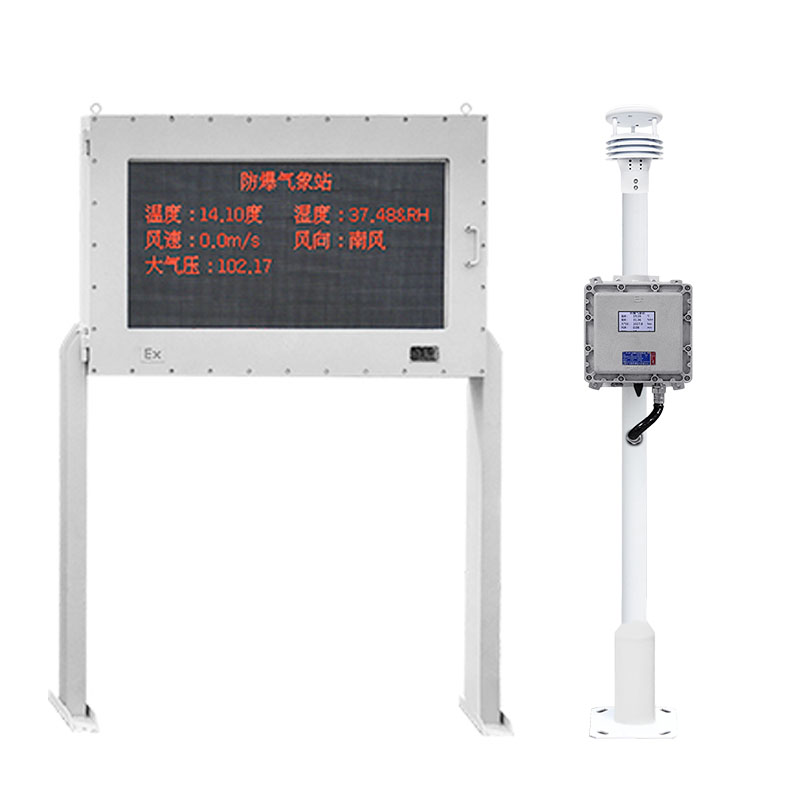
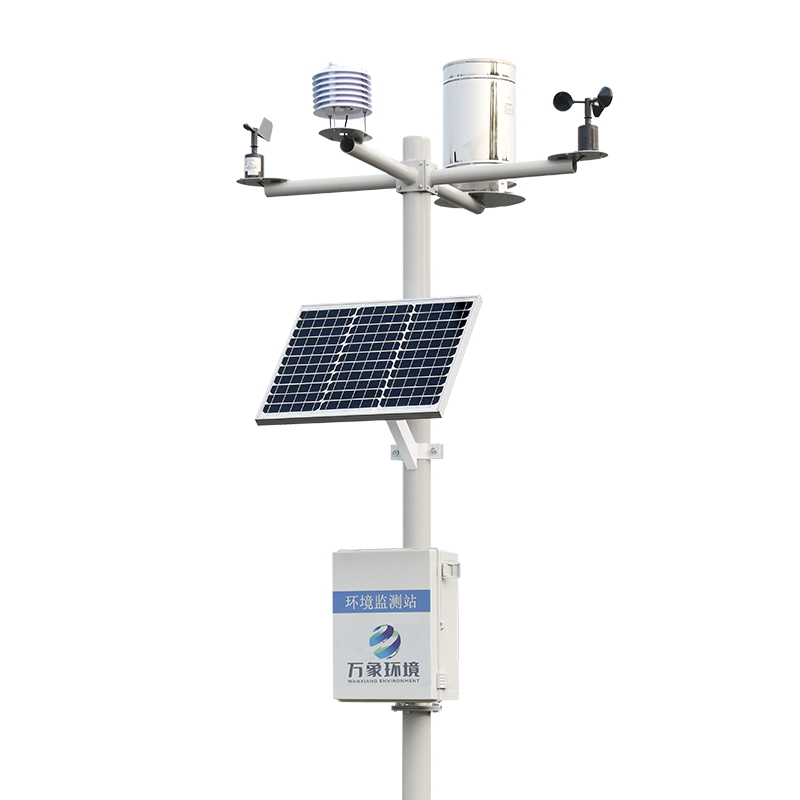
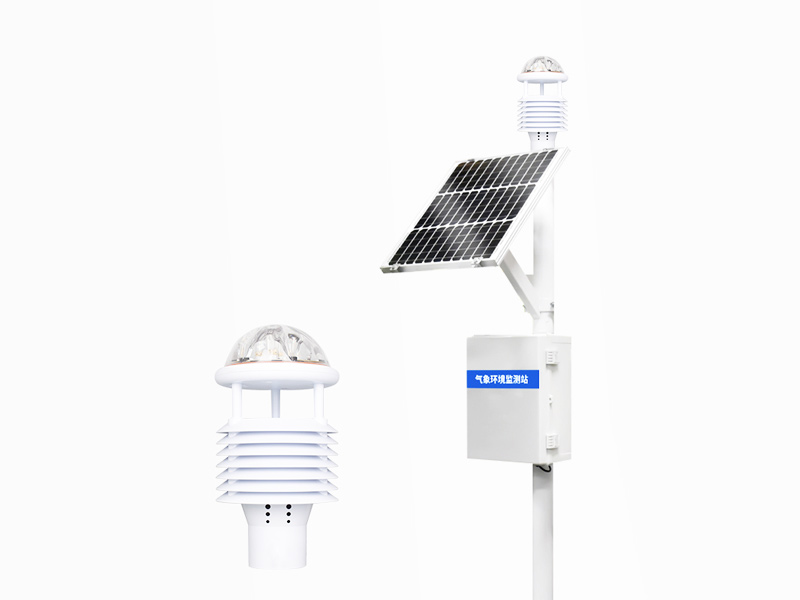












 Home
Home phone
phone Product Overview
Product Overview Contact Us
Contact Us